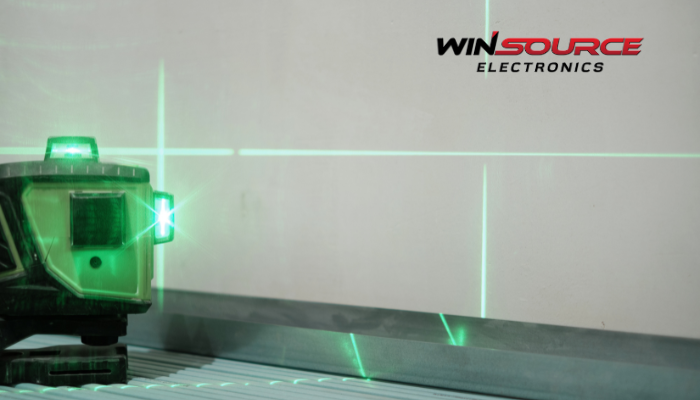
* Question
What are the commonly used photon detectors?
* Answer
Photon detectors are devices that convert incident photons (light) into measurable electrical signals. They are essential in optical communication, imaging, spectroscopy, quantum optics, and many scientific/industrial applications. Commonly used photon detectors include:
Table of Contents
Toggle1. Photomultiplier Tubes (PMTs)
Extremely sensitive detectors capable of detecting single photons.
Work by converting photons into electrons using a photocathode, then amplifying via dynodes.
Advantages: High gain, fast response, single-photon detection.
Drawbacks: Bulky, fragile, need high voltage, sensitive to magnetic fields.
Applications: Nuclear physics, astronomy, medical imaging (PET), and fluorescence spectroscopy.
2. Photodiodes
Semiconductor devices that generate a current when exposed to light.
Types:
PIN Photodiodes – simple, fast, used in fiber-optic communication.
Avalanche Photodiodes (APDs) – provide internal gain, more sensitive than PIN diodes.
Advantages: Compact, robust, fast response, easy integration into electronics.
Applications: Optical communications, LiDAR, laser range finders, biomedical sensors.
3. Charge-Coupled Devices (CCDs)
Arrays of light-sensitive elements that collect charge proportional to incident photons.
Read out sequentially to form images.
Advantages: High quantum efficiency, excellent imaging resolution.
Applications: Astronomy telescopes, digital cameras, spectroscopy, microscopy.
4. Complementary Metal-Oxide Semiconductor (CMOS) Image Sensors
Compete with CCDs in imaging applications.
Offer lower power consumption, faster readout, and on-chip integration.
Applications: Smartphones, industrial vision systems, autonomous vehicles.
5. Superconducting Nanowire Single-Photon Detectors (SNSPDs)
Ultra-sensitive detectors operating at cryogenic temperatures.
Can detect single photons with high efficiency and low dark counts.
Applications: Quantum communication, quantum cryptography, and fundamental physics experiments.
6. Geiger-Mode Avalanche Photodiodes (SPADs)
Operate in breakdown mode to detect single photons.
Offer excellent time resolution (picoseconds scale).
Applications: Time-correlated single-photon counting (TCSPC), fluorescence lifetime imaging, quantum optics.
7. Bolometers
Detect photons indirectly by measuring the heating effect caused by absorbed radiation.
Sensitive to a broad spectrum, including infrared and submillimeter.
Applications: Infrared astronomy, thermal imaging, terahertz detection.
Summary:
High-speed applications → Photodiodes (PIN, APD).
Single-photon & ultra-sensitive → PMTs, SPADs, SNSPDs.
Imaging → CCDs, CMOS.
Broadband/thermal detection → Bolometers.

COMMENTS